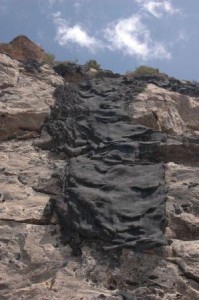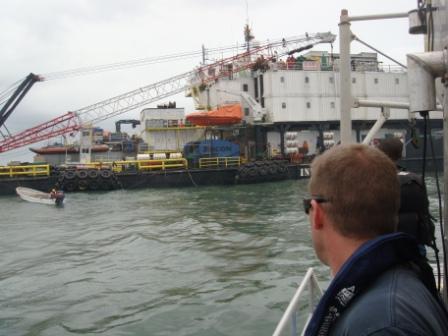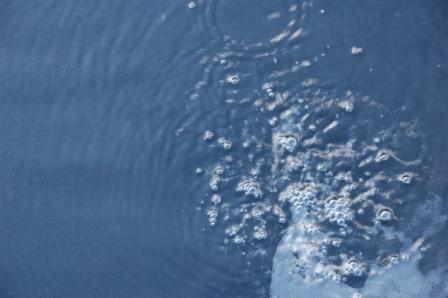Groundwater and Petroleum Hydrogeology
Technosol has a long history in Hydrogeology and has demonstrated capabilities in: hydrogeological investigations and assessments, permitting for withdrawal or recharge, groundwater supply, aquifer management, hydraulic testing, numerical flow and transport modelling, geochemical and isotopic evaluation and modelling, and hydrostratigraphy.
 In addition to our core area of groundwater, we expanded our scope in non traditional areas of hydrogeology to include petroleum, CO2 and other natural ground fluids, as they all of them play a significant role in the ground fluid flow systems. The ground fluid flow and accompanying geochemical transformations have a major impact on accumulations of natural resources and on our environment. Petroleum Hydrogeology or hydrodynamics has matured to a developmental and deployment stage, demonstrated by its successful application and integration in the E&P business. We integrated the disciplines of hydrogeology, reservoir engineering, well logging, petroleum geology and geotechnical engineering, to provide comprehensive and effective solutions for a large variety of industrial needs and government requirements in managing natural ground fluids.
In addition to our core area of groundwater, we expanded our scope in non traditional areas of hydrogeology to include petroleum, CO2 and other natural ground fluids, as they all of them play a significant role in the ground fluid flow systems. The ground fluid flow and accompanying geochemical transformations have a major impact on accumulations of natural resources and on our environment. Petroleum Hydrogeology or hydrodynamics has matured to a developmental and deployment stage, demonstrated by its successful application and integration in the E&P business. We integrated the disciplines of hydrogeology, reservoir engineering, well logging, petroleum geology and geotechnical engineering, to provide comprehensive and effective solutions for a large variety of industrial needs and government requirements in managing natural ground fluids.
Our work has direct application in the areas of exploration and development of petroleum and groundwater resources, and environment:
